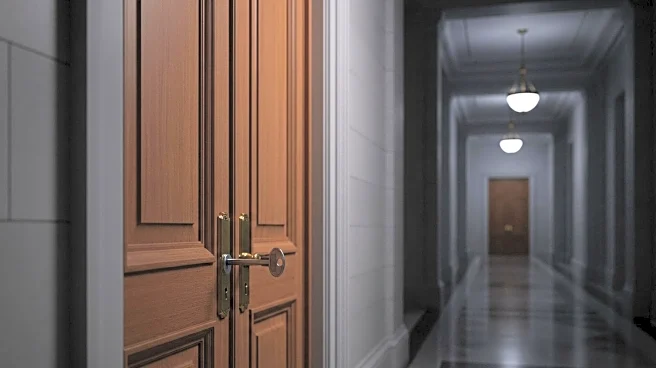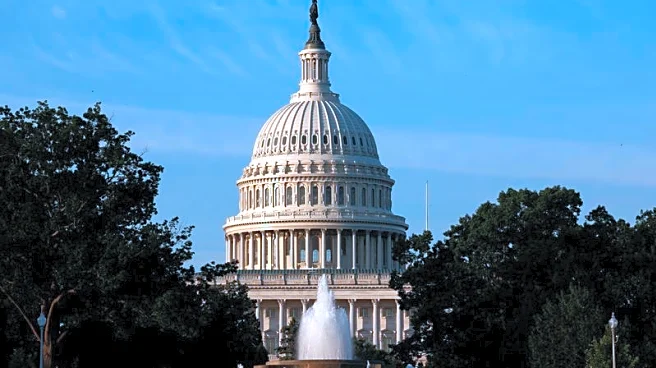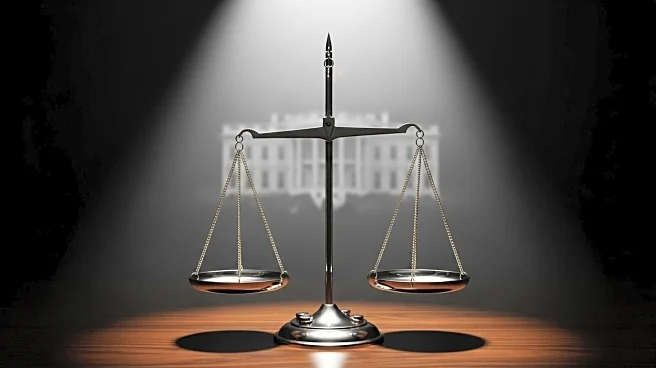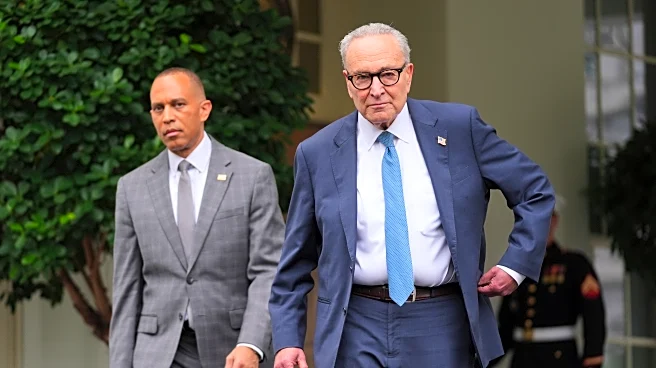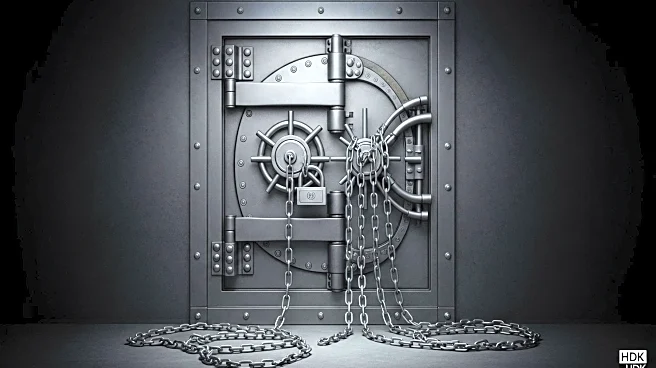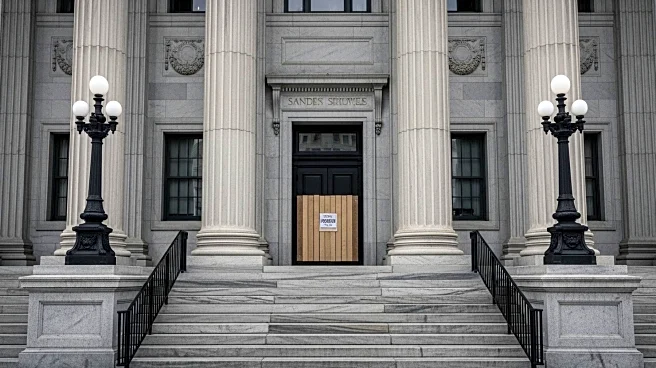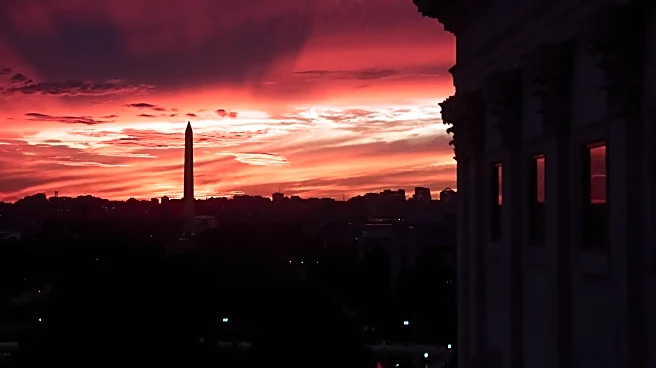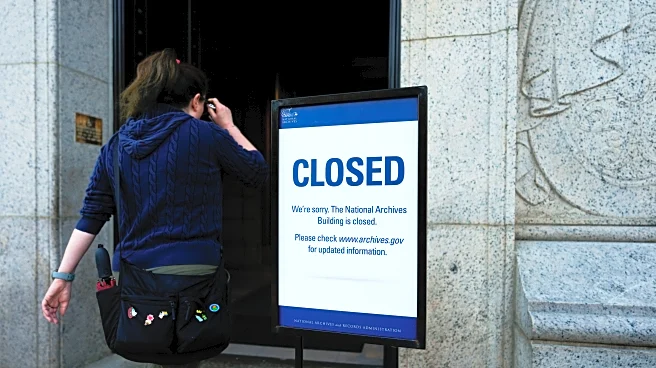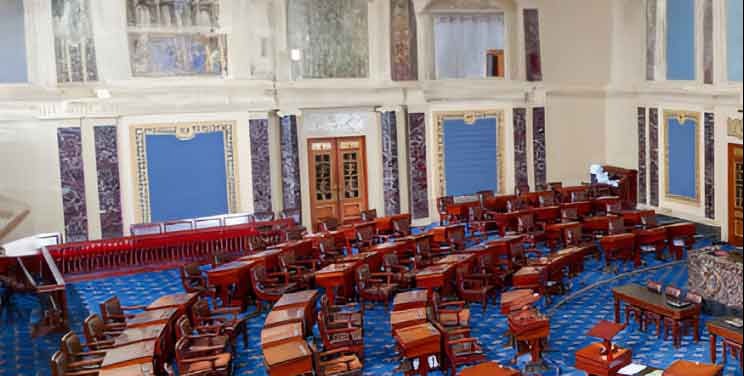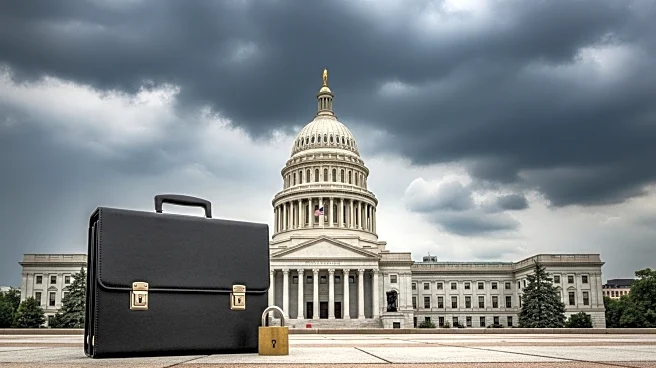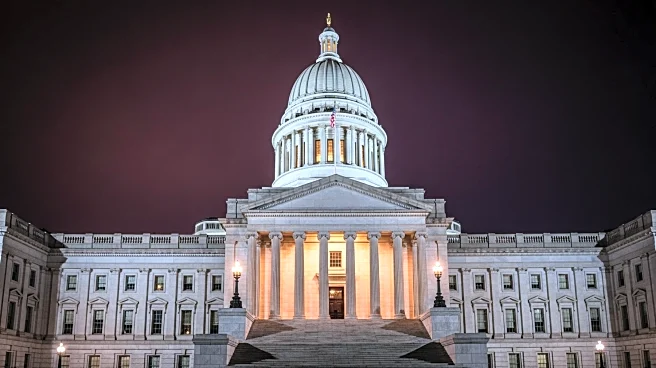What is the story about?
What's Happening?
The United States government has shut down as of midnight on October 1, following Congress's failure to reach a funding agreement. This marks the 15th shutdown since 1981, with both Republicans and Democrats blaming each other for the impasse. The shutdown has led to closures of federal offices and national landmarks, including the Washington Monument. President Trump and Vice President JD Vance have warned of potential mass layoffs of federal workers during the shutdown. The situation remains unresolved, with no clear timeline for a resolution.
Why It's Important?
The government shutdown has significant implications for federal employees, government services, and the broader U.S. economy. The potential layoffs could affect thousands of workers, leading to economic uncertainty and disruptions in public services. The shutdown also highlights the deep political divisions in Congress, which have hindered effective governance and policy-making. The inability to reach a funding agreement reflects broader challenges in U.S. politics, including partisan gridlock and the struggle to balance fiscal responsibility with public service needs. The shutdown's impact on national landmarks and services underscores the tangible consequences of political stalemate.
What's Next?
The resolution of the government shutdown will depend on negotiations between congressional leaders and the administration. Both parties will need to find common ground to pass a funding bill and restore government operations. The pressure to resolve the shutdown is likely to increase as its effects become more pronounced, potentially leading to public outcry and demands for accountability. The situation may also influence upcoming elections, as voters assess the performance of their representatives in handling the crisis. The next steps will involve intense political negotiations and potential compromises to end the shutdown.
Beyond the Headlines
The government shutdown raises questions about the effectiveness of the U.S. political system in addressing critical issues. It highlights the need for reforms to prevent frequent shutdowns and ensure stable governance. The situation also reflects broader concerns about the polarization of American politics and the challenges of achieving bipartisan cooperation. The shutdown's impact on federal workers and services underscores the human cost of political dysfunction, prompting discussions about the need for more resilient and responsive government structures.
AI Generated Content
Do you find this article useful?
